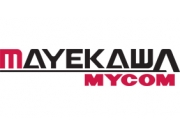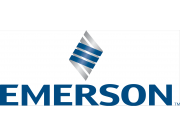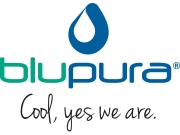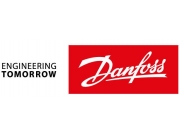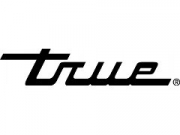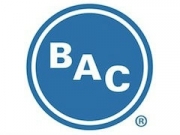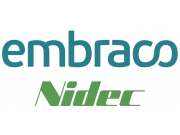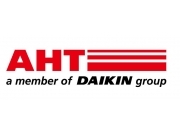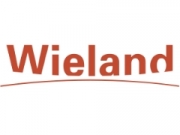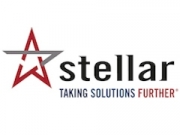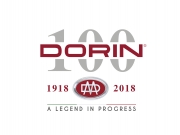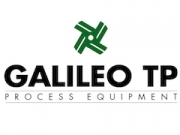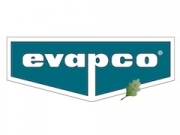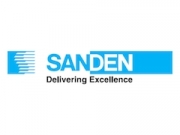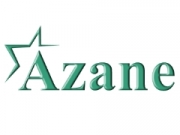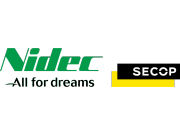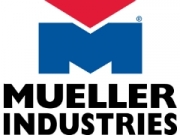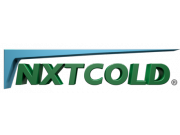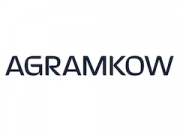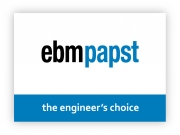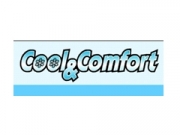Events
Low Charge Ammonia Panel |
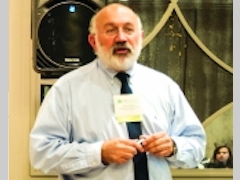 |
Pega Hrnjak - What should low charge do for ammonia?
PDF document
published on 26 June 2015
Pega Hrnjak, professor at the University of Illinois and president of CTS, moderated the Low Charge Ammonia Panel and made a presentation about what the new technology could mean for the ammonia industry. Hrnjak noted that the technology has the potential to open new business opportunities where ammonia is not currently adopted in non-industrial applications.
view presentation
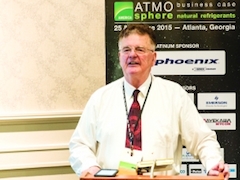 |
Gerard Von Dohlen - The business model
PDF document
published on 26 June 2015
Gerard Von Dohlen, President at Newark Refrigerated Warehouse, made a presentation on the business model for packaged ammonia systems vs. site-specific designed systems. He analysed various factors including cost per unit, maintenance, leakage, ease of installation, and more. Von Dohlen stressed that end users, contractors and designers must adjust to change and new technologies or risk going out of business.
view presentation
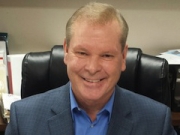 |
John S. Scherer - NXTCOLD ultra-low ammonia charge technology
PDF document
published on 26 June 2015
John Scherer, Manager of Engineering at Los Angeles Cold Storage, made a presentation on behalf of NXT Cold (Next Generation Refrigeration) highlighting the state of the industry. With a graph he demonstrated the number of U.S. facilities by size, indicating that since 2011 the larger facilities are becoming more numerous. He also urgd that industry to embrace change and take advantage of it. NXT Cold's complete self-contained refrigeration system, which provides 50 tons of refrigeration with 25 pounds (11.3 kg) of ammonia.
view presentation
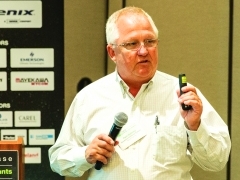 |
Paul Delaney - Do low charge ammonia systems save energy?
PDF document
published on 26 June 2015
Paul Delaney, Senior Engineer at Southern California Edison, focused his presentation on energy savings achieved by low-charge ammonia refrigeration systems. Southern California Edison is one of the country's largest electric utilities, servicing nearly 14 million residents. Delaney examined the benefits of low-charge ammonia, estimating the efficiency gain is 5-10% in California for industrial and large refrigerated warehouses using ammonia. Lower installation costs, higher productivity and environmental improvements were among the other benefits.
view presentation
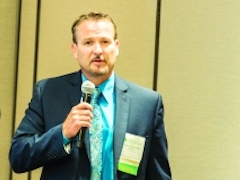 |
Kurt Liebendorfer - How to safely ride the wave
PDF document
published on 26 June 2015
Kurt Liebendorfer, Vice President at Evapco, presented on how to handle the new developments in ammonia refrigeration, including understanding regulatory compliance, R&D testing, and reliable and repeatable manufacturing. Lower-charge ammonia systems essentially means lower-risk, and packaged products can make code compliance easier and less costly. The Evapcold low-charge units undergo rigorous testing; an example was given of a 25 TR test unit, which operated at full and part loads in Evapco's Environmental Test Lab "D" while being put through -30F (-34°C) to 100F (37.8°C) ambient temperatures. Evapco offers a complete range of products; 250 total models that are all in compliance with major U.S. codes.
view presentation
Heat Pumps & Commercial Refrigeration Case Studies - Part 2 |
 |
Troy Davis - Water source CO2 hot water heat pumps Lessons learned from commercial installations
PDF document
published on 26 June 2015
Troy Davis, from Mayekawa USA MYCOM, examined various lessons learned from commercial installations of water source CO2 hot water heat pumps. The presentation included Mayekawa’s own CO2 heat pump technology that achieves energy conservation and a reduction of CO2 emissions. While Davis outlined the economic results of existing and new hot water system projects, he also explained the design phases of existing and new hot water system integration. The presentation was concluded with Mayakawa USA’s mission to conserve ecology, energy, and environment.
view presentation
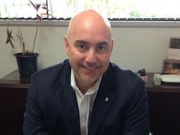 |
John Miles - Residential CO2 heat pump water heaters cold climate field testing
PDF document
published on 26 June 2015
John Miles, from Sanden International USA, examined three different field tests done at various cold-climate sites across northwest U.S. in collaboration with a consortium of utilities, government, and university resources. The tests were conducted to demonstrate the efficiency and performance of the residential, split-type CO2 units, based on the Japanese Eco Cute water heater product line. The presentation included energy monitoring and analysis along with observations and operation of the installation across all three tests, including challenges faced using a split heat pump and water tank system.
view presentation
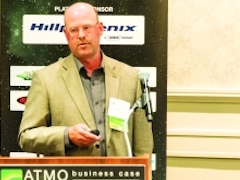 |
Rob Arthur - US Defense Commissary Agency project, ammonia/CO2 cascade refrigeration system, from design through completion
PDF document
published on 26 June 2015
Rob Arthur, from CTA, examined the ammonia/CO2 cascade refrigeration system, from design through completion with a brief project overview of the Defense Commissary Agency. The project was analysed for efficiency and energy use. The presentation was concluded with the future of ammonia/CO2 systems and their wide acceptance.
view presentation



